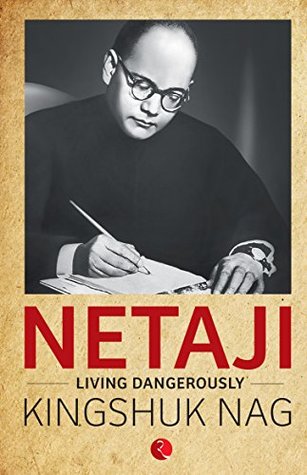More on this book
Kindle Notes & Highlights
Soon Nehru was to overshadow even Patel and in league with Mountbatten determine the destiny of millions of denizens of the country as it became free.
The resolution was passed 157:29. The Congress Working Committee had already cleared the Partition plan—the very day it was aired by Mountbatten. Jawaharlal Nehru accepted the Mountbatten plan and broadcast,
In public debates this view was championed by the most important Muslim League leader Huseyn Shaheed Suhrawardy and Sarat Chandra Bose. However, Mountbatten in his 3 June proposal clarified that there could not be an independent Bengal outside the Union of India.
Cyril Radcliffe, a British jurist was flown into India and given just five weeks to demarcate the borders of India and the new nation of Pakistan.
With a thick pencil the border was marked with little concern about geographical realities and where communities lived.
An estimated 14 million people were displaced from their homes and most lost all their possessions as they trudged hundreds of miles across the border. It was a catastrophe of unprecedented dimensions
Group A constituted territories that are all within present-day India—United Provinces, Central Provinces, Bombay, Madras, Bihar & Orissa. Group B consisted of Punjab, Sindh, Baluchistan and the North-West Frontier Province that are in present-day Pakistan. Group C comprised of Assam and Bengal.
In such a situation it is a moot question why Nehru and Patel were so eager to compromise with the British by agreeing to Independence at the cost of Partition.
Nehru compromised and became the first prime minister of India. Mountbatten won his spurs with his masters back home since he had steered Britain through a tricky patch.
There was huge suspicion that he had played a role in exacerbating the effects of the Bengal famine of 1943 that had left a staggering 3 million dead. Suhrawardy is said to have patronized the black marketing of scarce grains by criminal elements and profiteering traders.
Described as Churchill’s secret war, food grains were procured in huge quantities for allied soldiers and exported elsewhere, leaving little for the local population.
The English Raj in Bengal that started in 1757 was followed by a famine in 1770 that resulted in the wiping off of one third of its population. Now the Raj was coming to a close with a huge famine and loss of life.
This internment camp was close to Lake Baikal, the deepest lake in the world which is now a UNESCO heritage site.
In other words, as India got its freedom, the man who waged a war for Independence was pushed deeper into the abyss.
‘Why have you come to this country? Does your assignment involve poking your nose into politics? Don’t share this information with anyone. Just do what you are sent for,’ Ardhendu Sarkar was told. A few days later Sarkar was repatriated back home. A shaken Sarkar narrated these facts only in 2000 in his deposition before the Mukherjee Commission.


